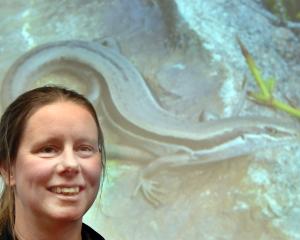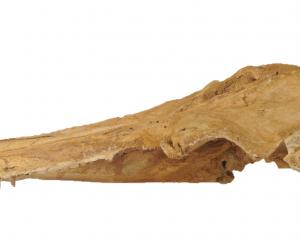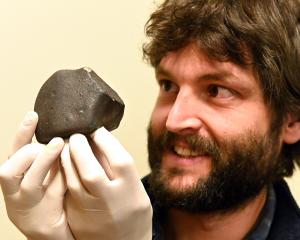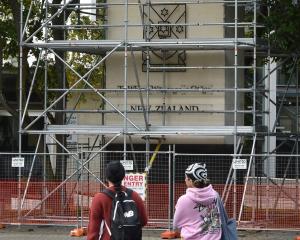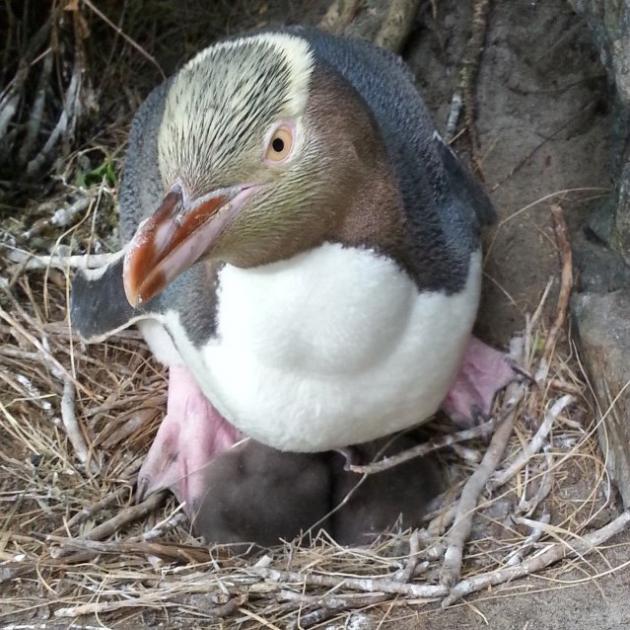
A multi-agency New Zealand-wide research collaboration has found a novel gyrovirus is likely to be responsible for the fatal respiratory disease which has been affecting very young chicks.
Led by University of Otago postdoctoral research fellow Dr Janelle Wierenga and virologist Dr Jemma Geoghegan, the research group has also developed a polymerase chain reaction (PCR) test to identify the presence of the virus.
Dr Geoghegan said in 2020 and 2021, the number of chick deaths from the disease increased four- and five-fold compared with 2019. There was a mortality rate of more than 90%.
"Chicks usually succumbed to the disease within the first 10 days of life."
She said total ribonucleic acid (RNA) was extracted from tissue samples in 43 dead chicks from Moeraki, Otago Peninsula and the Catlins during postmortem examinations, and a novel and "highly abundant gyrovirus" was found in each one of them.
"We collected tissues from the chicks that died of respiratory distress syndrome and used next-generation sequencing technology to try to identify any pathogens present.

"We identified a novel gyrovirus that appears to be abundant in samples from the diseased chicks."
She said the virus was related to other gyroviruses that caused disease in other birds, including chickens.
The disease was initially identified in 2019, although historical epidemiological records showed the first suspected cases as early as 2015.
It presented as lung congestion and haemorrhage, and lymphnoid depletion in the spleen and bursa.
She said the next step was to understand the disease and the virus, so it could be prevented and treated.
"Related viruses that affect chickens have vaccines to prevent them, so a vaccine might be a possibility one day, but there is a lot more work to do.
"The disease has only really been noticed in the past few years, meaning it is likely a new virus in hoiho.
"This means the virus would have likely jumped from another animal — perhaps another seabird — to hoiho recently.
"This is part of our ongoing investigation, to try to understand from where and when the virus emerged."
Considered to be one of the rarest penguins in the world, hoiho are critically endangered and the mainland population has experienced a dramatic 75% decline over the past 30 years.
"It is feared they will be extinct on mainland Aotearoa within the next few decades, with infectious disease a significant contributor to their decline.
"That’s why this collaborative effort is extremely important, so we can ensure the survival of this taonga," she said.

